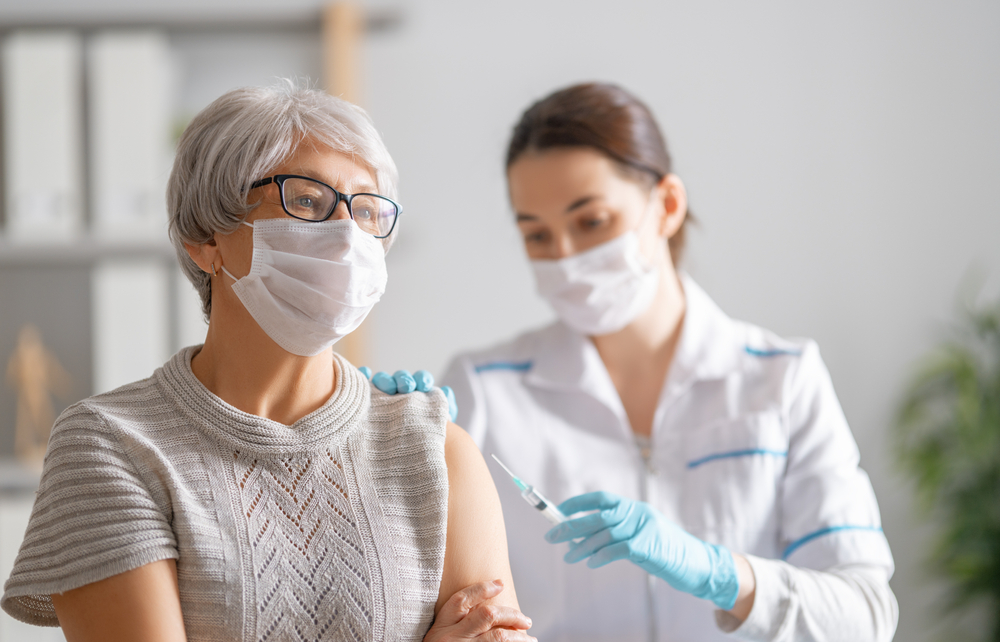More than a year after the novel coronavirus was identified, vaccination has been unleashed with more demand outpacing vaccine supply.
Currently, 10 vaccines including Pzifer-BioNTech, Johnson and Johnson, and AstraZeneca are being administered worldwide.
As the supply of Covid-19 vaccines is monitored, it’s noticed that the richer countries in Europe and North America have reserved and cleared the shelves, creating a massive gap in access to the vaccine.
The latest trend shows barely three-quarters of vaccines reaching a handful of 10 countries—all while 30 developing and under-developed countries are likely to wait for two more years before vaccinating their population.
As the wealthiest countries are deft with influence, negotiating heft, and cash—if all their claims are delivered, the U.S. and Britain could inoculate four times, and the European Union could vaccinate its population twice.
Several rich countries have joined the U.S. bandwagon in pre-ordering way more than requirements—stymying poor nations by shortages and supply disruptions. According to world reports, the U.S. has claimed as many as 100 million doses from Pzifer-BioNTech and pre-ordered from Johnson and Johnson, and many more in the pipeline. Notably, all these vaccines have been developed as two-dose treatments for residents.
Initiatives like Covax have backed the manufacturing and development of vaccine candidates like AstraZeneca—only to struggle to raise enough capital that could barely inoculate 20% of each poor country’s population.
